In a time when billionaires are spending countless dollars on private space missions to fulfill nothing but personal fantasies, Argentinian artist and architect Tomás Saraceno’s Aerocene is a striking critique on the unfair distribution of wealth, climate change and air travel becoming a money-led frontier rather than for science, technology and exploration.
Aerocene is a community of artists, architects, researchers, climate activists, balloon enthusiasts and more people who want to experience and make fossil-fuel-free flight possible for humans.
A project more than 15 years in the making, Aerocene emerged in 2006 when Tomás flew his first tethered human flight named 59 steps to be on air by sun power.
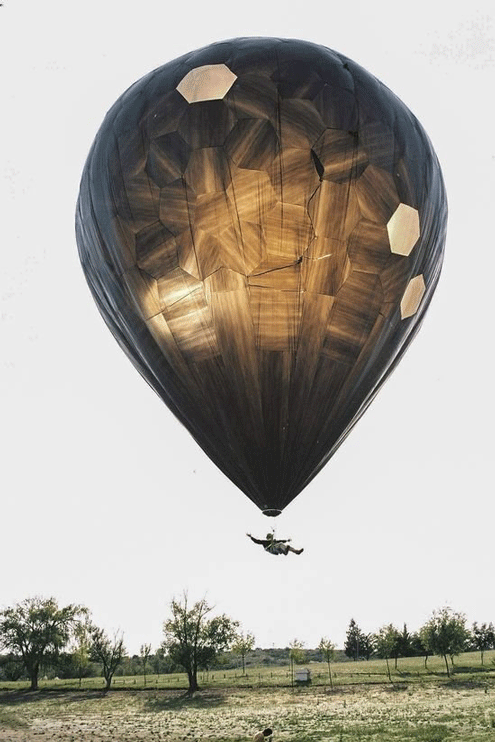
By 2009, Tomás’s project was getting recognition. French philosopher Bruno Latour joined Tomás’s vision of the Aerocene. Christiana Figueres, the Costa Rican environmentalist who drafted the Paris Climate Accord, endorsed Aerocene.
On January 25, 2020, Aerocene Pacha, a fuel-free hot air balloon, flew a person and landed them back safely, breaking six unprecedented world records certified by the Fédération Aéronautique Internationale (FAI).
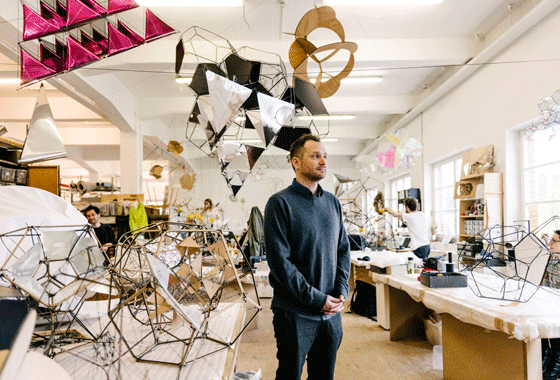
In a video posted on his Instagram page, Tomás remarks, “Dear sun, spiders, Earth, air, cosmic webs, mountains, vicuñas, clouds, bacterias; Humans have always dreamed of flying. But today, this dream has become a nightmare.”
The video cuts to a montage of factories spilling waste into rivers, exploding earth to mine lithium, airplanes generating tons of exhaust into the air and people pumping gallons of fuel into airplane tanks.
Then Tomás asks the viewer, “What if we could fly differently?”
Focusing his art on sustainability and creating meaningful connections with the earth and its denizens, Tomás’s Aerocene Foundation highlights the United Nations Affordable and Clean Energy, and Industries, Innovation, and Infrastructure Sustainable Development Goals (SDGs). Tomás aspires to power planes and human flights without using “lithium and batteries, without solar panels, without helium and hydrogen, without fossil fuels.”
Environmental researcher and Assistant Professor of Biology and Society at the UCLA, Nicholas Shapiro praises the Aerocene project, saying “Every aerocenic balloon flight is a humble step toward weaning off mined deposits and extinguishing the human and ecological impacts of a world engineered around hydrocarbon extraction.”
Tomás wants artistic interventions to create a political imagery where holistic inventions are valued and created in collaboration with “planetary rhythms.” He wants innovations to be boundless, free from nation-state border ideologies and cater to the progression of humankind.
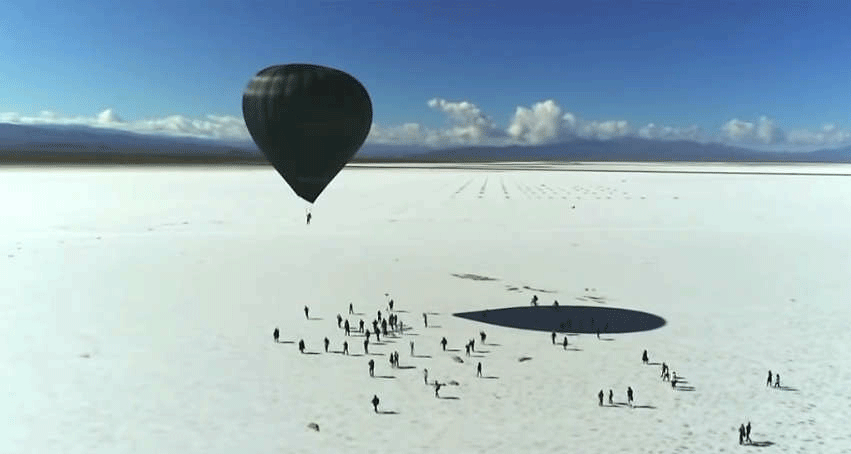
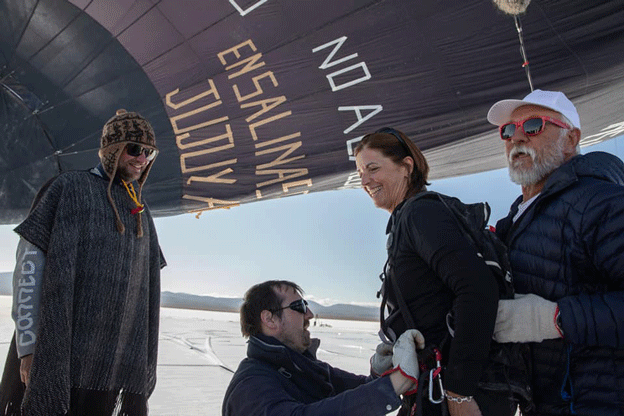
Aerocene Pacha balloon is charged only with natural, eco-friendly resources that are not developed from labour exploitation, capitalist greed, patriarchal ambitions or political agendas. Tomás uses the power of the sun, air and solidarity of human beings for his flights.
The launch locations have emphasized the history of warfare and consumption that disrupted life in widespread communities. The 2015 inaugural launch of Aerocene D-O AEC was at White Sands, New Mexico, the site of the first detonation of a nuclear device in 1945, code-named “Trinity.” The 2017 launch over Salar de Uyuni in Bolivia critiqued the slave labour, child labour and extreme water consumption of lithium mines.
To be more inclusive and spread awareness of the possibility of fuel-free flight, Aerocene launched Museo Aero Solar, a growing community that offers Aerocene Backpack; a portable flight starter kit that contains all essentials required for an Aerocene sculpture.
The kit consists of two dark, triangular-shaped balloons which float when filled with air and get heated by the sun’s rays. The instructional manual for the aerosolar sculpture can be downloaded here, or on their website.
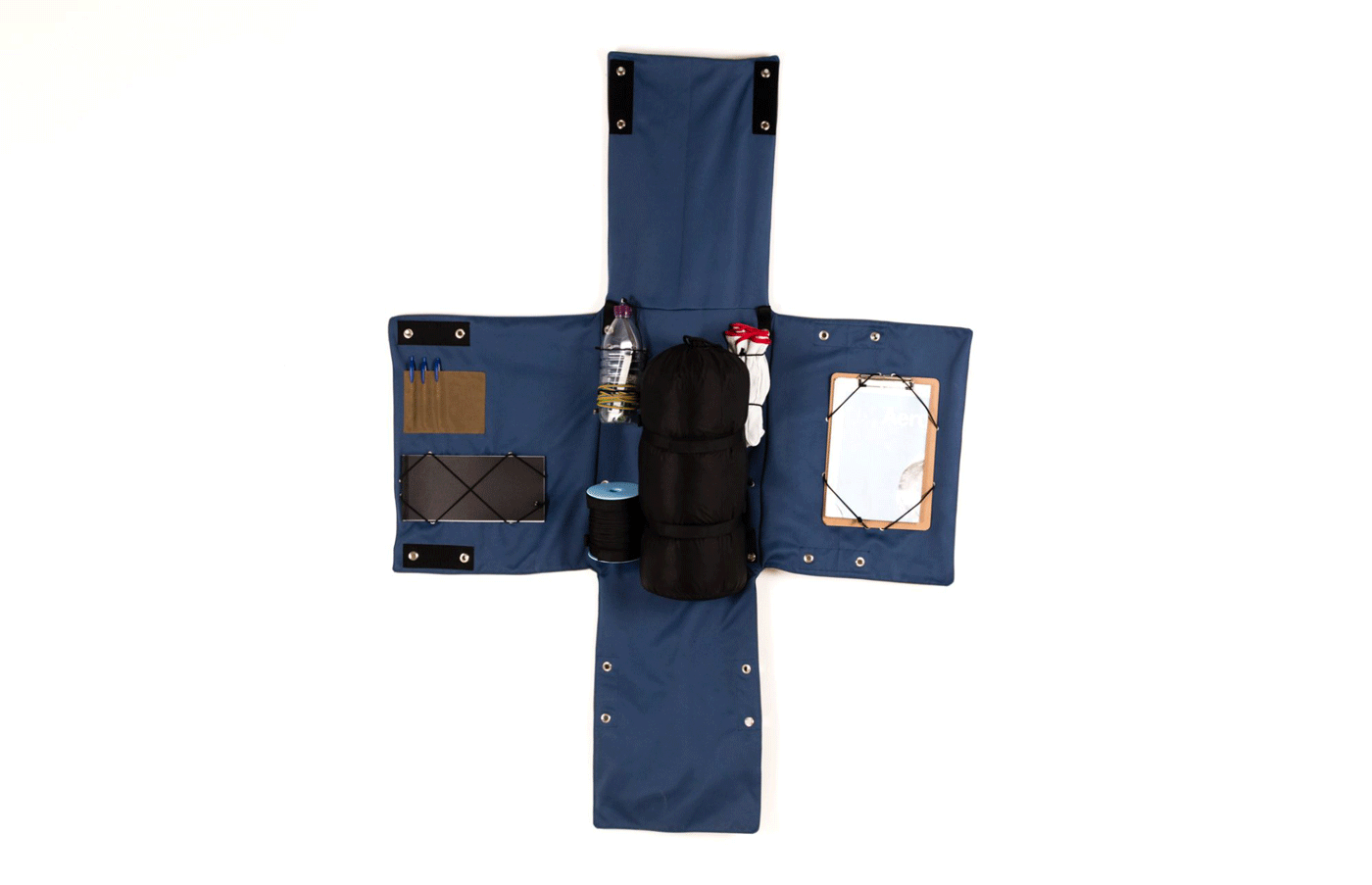
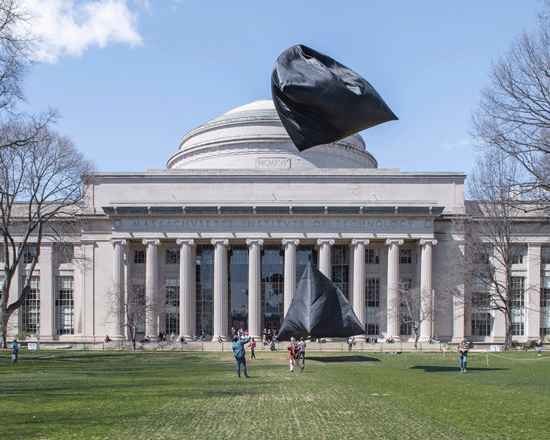
With growing popularity and people understanding the urgency of changing to greener and cleaner forms of energy, more community-built DIY aerocene sculpture balloons have taken flight in numerous places around the world. A community of people come together, joining discarded plastic bags and wrapping materials to build the balloon.
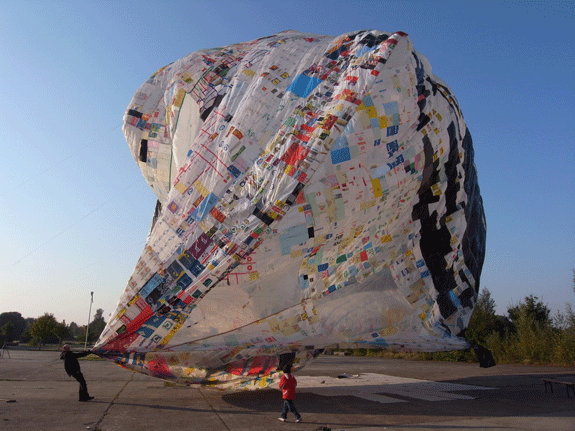
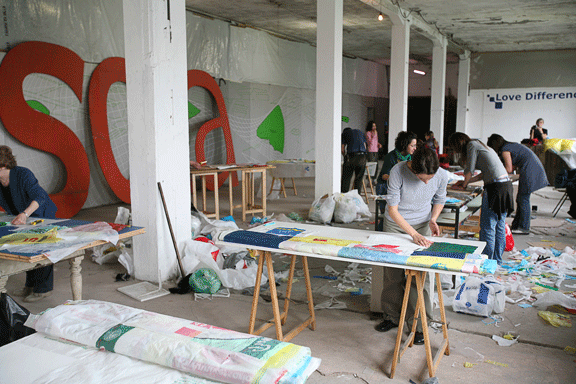
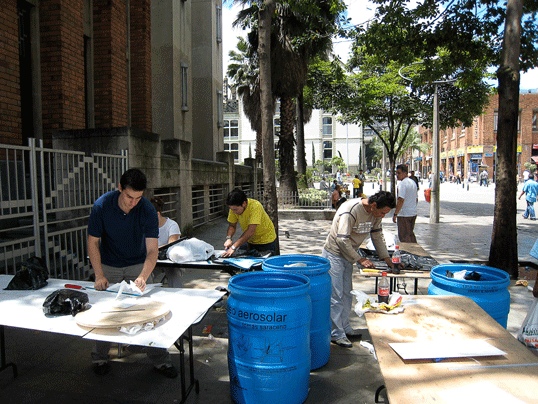
Tomás, in an interview with Iaroslav Volovod, says “An aerosolar sculpture is not meant to remove you from Earth [...] Rather, these sculptures create a new form of engagement with the air, a flight that is in full communion with the air and the weather. A flight that seeks to weave alliances shows just how superficial the dividing lines between countries and states are.”
Check out Aerocene’s highly interactive About page to read the movements of the air pamphlet and the history of solar ballooning.
Or, use the Aerocene app to fly virtually and chart your journey across the globe with only the help of natural wind currents.
